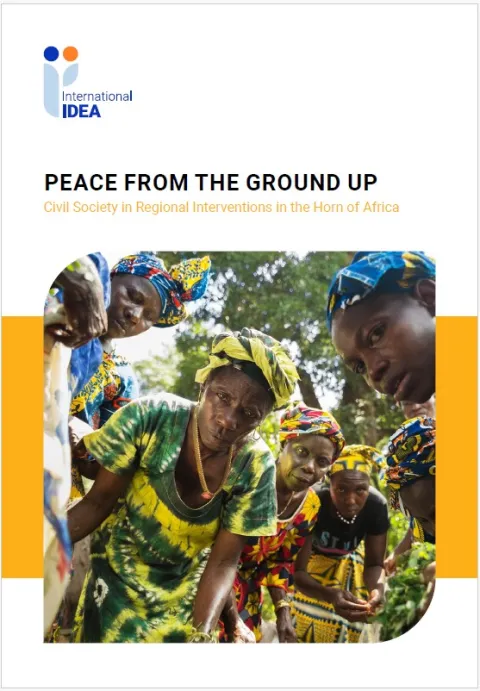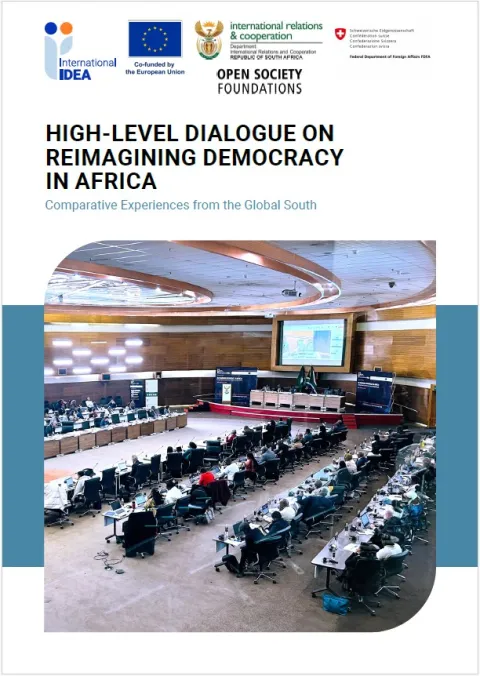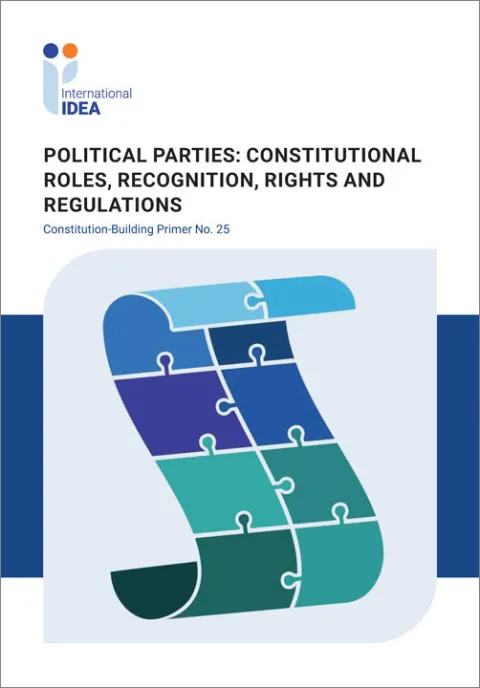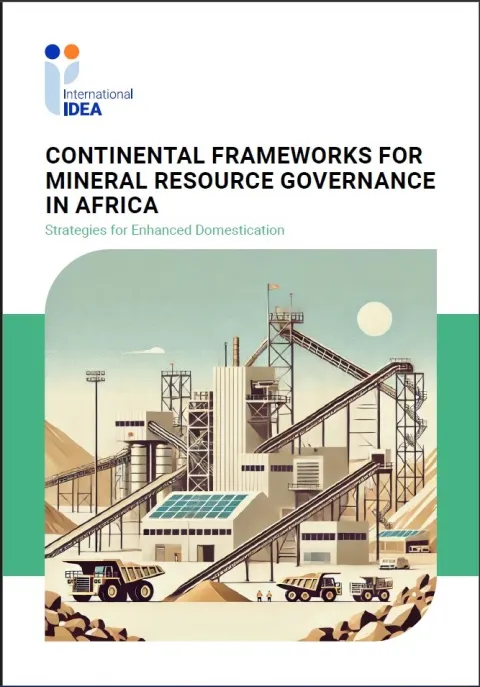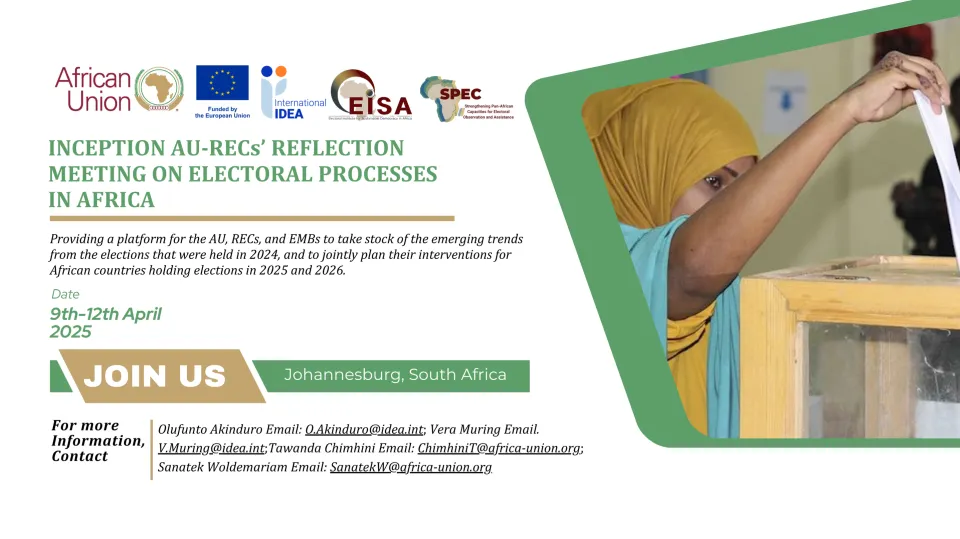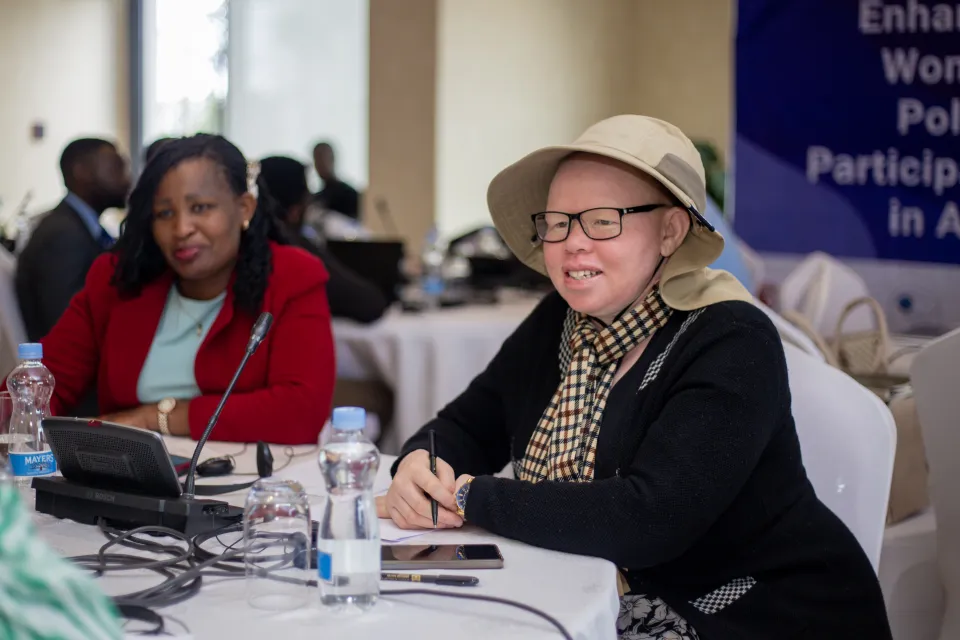Political Parties in East Africa: Diversity in Political Party Systems
Ideally, political parties should be the institutional transmission belt that conveys the will of the voter to government and back. They are the vehicle through which popular sovereignty is expressed and then transformed into public policy and action. In addition, multiple parties provide a mechanism for competition, so that voters have a choice in conveying their mandate to the rulers.
This report examines the structure of the party systems, and parties’ internal organization and functions, and evaluates the effectiveness of political parties in strengthening democratic governance in five East African states: Ethiopia, Kenya, Sudan, Tanzania and Uganda. It provides evidence of similarities between the party systems found in these countries, but also of differences in party structures and the capabilities of political parties in the five countries.
The report aims to provide details and an explanation of this diverse experience in party systems in East Africa, based on a study of party documents, published research, interviews and press reports. In addition to these open sources, it relies on individual country studies and interviews with party officials, conducted in the countries concerned under the auspices of International IDEA’s Political Parties Programme for Africa.
Details
Contents
The project and methodology
The global context
Regional analysis: general and country-specific characteristics
Party systems at country level
Political parties: internal structures, functions and regulation
Conclusion: general comments on the features of the East African region and the way forward
Acronyms and abbreviations
References and further reading
Give us feedback
Do you have a question or feedback about this publication? Leave us your feedback, and we’ll get back to you
Send feedbackPolitical Parties in East Africa: Diversity in Political Party Systems
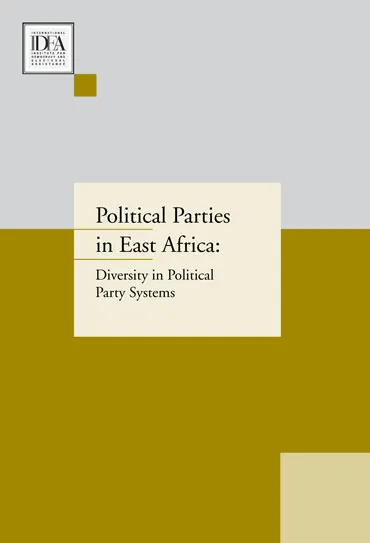
| Total views | 12319 |
|---|---|
| Downloads | 101 |
| Rating |
Give us feedback
Do you have a question or feedback about this publication? Leave us your feedback, and we’ll get back to you
Send feedback